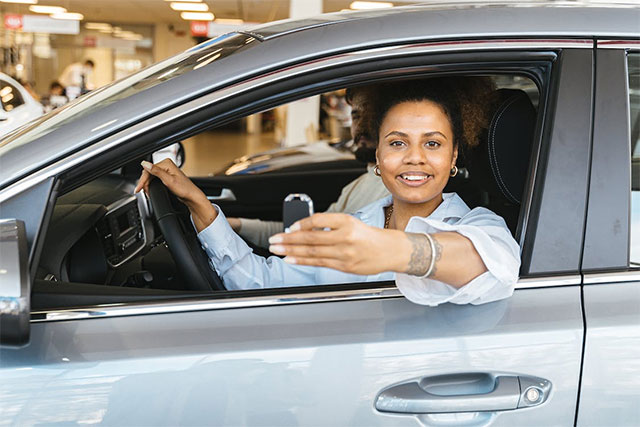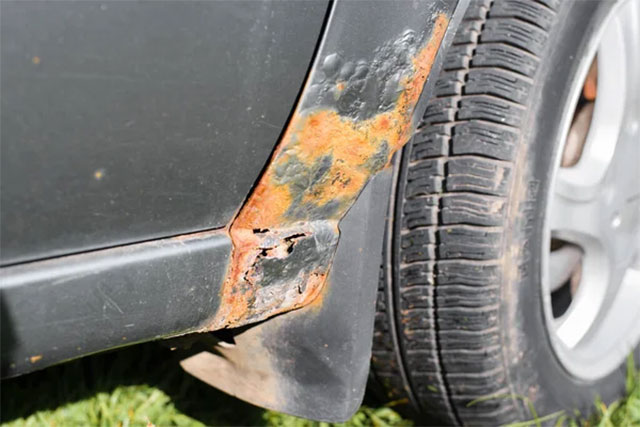Do you have a gut feeling telling you that you may have purchased a stolen car? Hold on a second, do not dismiss the idea without thoroughly verifying it! What if you actually did buy a stolen car? God, no! Could you be going to jail for it?
Table of Contents
Bought A Stolen Car

Before you draw any further conclusions in your head, read this article about the five ways you can find out if you bought a stolen car.
1. Check the VIN thoroughly
This should have been done before purchasing the vehicle, and if you have managed to skip the most important verification step, you may want to do it now.
Check the VIN with your state’s official automotive agencies. You can easily hop online to check your vehicle’s VIN via mechanic base VIN decoder. It is a free service that allows you to find records that can tell you whether your car has been stolen or not. The VIN number can be found inside the front car door of the driver’s seat. If it’s not there, check the windshield.
2. Get a Vehicle History Report
Once you have the VIN, use it to run further investigations on your vehicle. Order a history report, which you may have to purchase, but it’s not too expensive. There will be information containing service history, liens held on the vehicle, accident history, previous owner’s records, title information, and other relevant information that will help you with verification.
3. Dig Out Vehicle Service Records
If you have decided to pay for the vehicle service record, you’ll have details on service records included in the report (hopefully). Keep in mind that you are on the lookout for maintenance recipients. You can ask the previous owner for it too. If they can provide you with receipts, you can be reasonably confident that it’s not a stolen car.
But there’s no reason to trust someone blindly. Check the maintenance receipts with the history report, and try to find a match. While you get in touch with the previous owner, use this opportunity to request the bill of sale from the owner they purchased it from. A reliable car seller should have their paperwork sorted, and if not, continue your investigation.
4. Request a Formal Inspection
Get in touch with your vehicle’s insurance company for further assistance. Talk to them about your concerns, and they should be able to give you some ideas or draw your attention to any red flags that you may have been missing. Your insurance company should be able to run an inspection to solve your case voluntarily.
Although this can often be complicated, as some states require car inspection when you change your car insurance carriers, you have to ensure that your insurance company approved the auto insurance policy on this vehicle in the first place. Otherwise, you have more significant problems to worry about!
5. Run a Title Search
A title search for your vehicle, again, is one of the first things you do before purchasing a car from sources other than dealerships. You can enter your car details on the National Motor Vehicle Title Information System, which can be done online. The person who sold you the car should be listed on the system, so match their picture or other details with the person who sold you the car. If the information matches, you can finally breathe and dismiss the possibility of purchasing a stolen car. If not, your car may likely be a stolen vehicle.
Conclusion
Trust your gut, always. If, at any point during the process of purchasing your vehicle, you’ve felt that you need to verify the seller’s details, and run a background check, just do it! A car is an expensive purchase; driving around with a stolen vehicle will get you into unnecessary (and perhaps even serious legal) trouble. So, we say trust your instincts every step of the way and do your due diligence.













